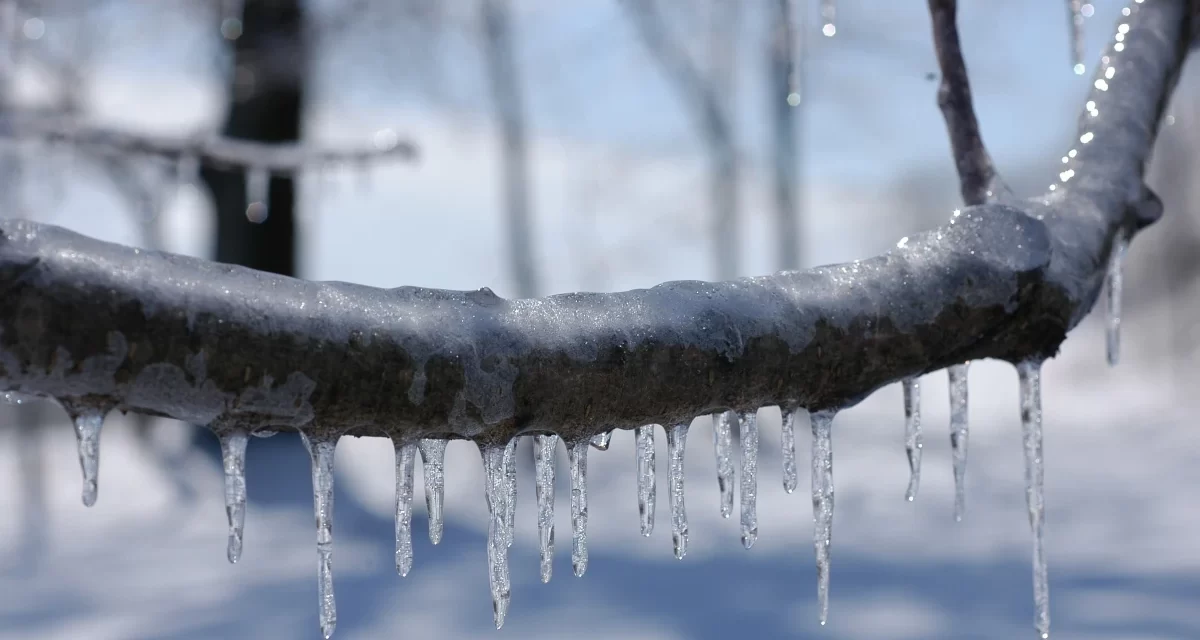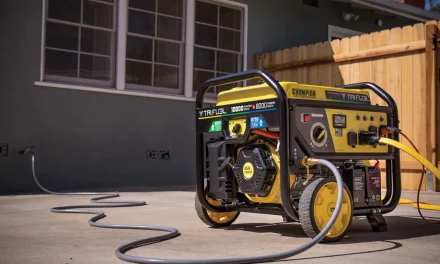When ice storms coat trees and power lines with ice, the extra weight can cause them to snap. When trees fall on power lines after an ice storm, the damage keeps utility crews busy for days. Photo by Prosperity Mentor
Prep Your Standby Generator for Winter
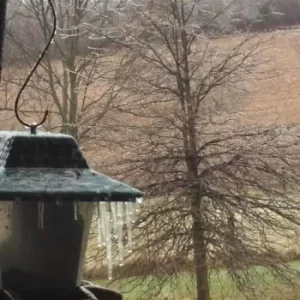 No two winters are exactly alike, but in some respects, they are all the same. Most of the country can expect periods of cold weather with rain, snow, ice, and sleet in the forecast. Northern regions can expect a blizzard or two, days of sub-zero cold, and perhaps a visit from the Polar Vortex.
No two winters are exactly alike, but in some respects, they are all the same. Most of the country can expect periods of cold weather with rain, snow, ice, and sleet in the forecast. Northern regions can expect a blizzard or two, days of sub-zero cold, and perhaps a visit from the Polar Vortex.
Anytime the long-range forecast calls for higher than normal precipitation, we have the formula for another long, cold, and snowy winter. Cold weather and precipitation combine to tax our nation’s power grid with higher heating demands and weather-related equipment failures.
Every year, ice storms knock out power to tens of thousands. In the north, trees laden with snow and ice fall on power lines, sometimes in remote areas.
Backup Power When You Need It
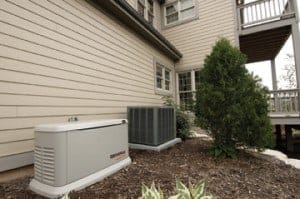 A winter power failure brings the possibility of frozen water pipes. Ice in pipes expands and causes the pipes to burst. When the temperature rises again, the frozen pipes thaw and pour thousands of gallons of water into the home. The result is catastrophic if no one is home to shut the water off.
A winter power failure brings the possibility of frozen water pipes. Ice in pipes expands and causes the pipes to burst. When the temperature rises again, the frozen pipes thaw and pour thousands of gallons of water into the home. The result is catastrophic if no one is home to shut the water off.
Standby generators eliminate this worry, especially in areas prone to outages. When the power goes out, the generators detect the outage and automatically restore power to the home to keep the furnace and other important appliances operating until the electric utility restores power.
Winter and subfreezing temperatures make starting and running a standby generator more difficult. Fall is a good time to prepare your emergency power source for the cold and snow and ensure it is ready to run whenever needed.
And if you don’t have a standby generator, now is the time to have one installed. An Air Cooled Generator is a good choice for many homes and some small businesses in the United States.
Fall Standby Generator Maintenance
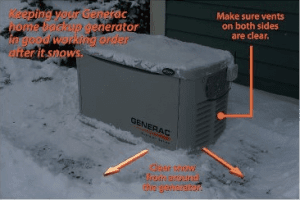 When you clean the yard of leaves and other tree debris, be sure to remove all the leaves and dead grass from around the standby generator. Keep all the vents clear of grass, leaves, and anything else the wind has blown against them. Proper air flow keeps the generator from overheating and supplies the unit with the air it needs to operate.
When you clean the yard of leaves and other tree debris, be sure to remove all the leaves and dead grass from around the standby generator. Keep all the vents clear of grass, leaves, and anything else the wind has blown against them. Proper air flow keeps the generator from overheating and supplies the unit with the air it needs to operate.
Even if the maintenance schedule says you have a few hours left before changing oil, filters, or plugs, do you really want to do that when it’s 10 below and the power is out?
Don’t wait. Stock up on enough maintenance supplies and oil to keep the unit running for a few weeks. Perform routine maintenance now, before the weather turns cold.
Once the snow starts to fall, clear a path to the generator and keep the area surrounding it free of snow and ice. Brush snow off the cover and keep the vents clear.
Prepare Your Generator for Winter
If you live anywhere the temperature falls below 40 degrees F, your generator is a good candidate for a cold weather kit. These kits help the engine start in cold weather by keeping the battery and other parts warm. Cold weather kits include various combinations of battery heaters, oil heaters, block heaters, alternator dryers, and air breather dryers.
Cold Weather Generators and Cold Weather Kits
If the power goes out on a cold winter night, the generator will start easily and operate normally to keep your home supplied with power. It’s just an added bit of security that ensures the generator will start and run.
If you live in a rural area and use propane to run appliances like your furnace, hot water heater, range, and dryer, don’t forget that your standby generator also runs on propane. During extended outages, call your propane supplier to refill the tank before it is half empty. You may wish to consider the installation of a larger propane tank.
Updated 12/29/2024 by MJ Logan

